London's Barbican celebrates Duchamp with 'The Bride and the Bachelors'
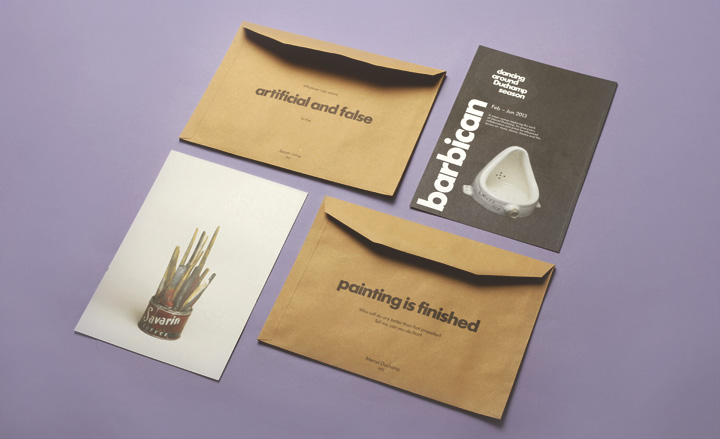
London's Barbican Art Centre is getting seriously Duchampian this year - if that isn't a contradiction in terms - with five months of cultural happenings under the banner 'Dancing around Duchamp'.
The season of events includes theatre, music and dance performances as well as film screenings but its centre piece is the exhibition 'The Bride and the Bachelors: Duchamp with Cage, Cunningham, Rauschenberg and Johns'. And it's a show we've been looking forward to since the invitations arrived in envelopes printed with punchy epigrams from Duchamp and Johns.
A hundred years on from the presentation of his Nude Descending a Staircase (No. 2) at New York's Armory show, the Barbican exhibition looks at Marcel Duchamp's transformative impact on American art, or rather the American arts, and this quartet of acolytes in particular.
Arriving at the Barbican after a triumphant turn at the Philadelphia Museum of Art, the show features twenty-five works by Duchamp, over thirty by Robert Rauschenberg and Jasper Johns, as well as music by John Cage (and Duchamp) and performances of Merce Cunningham's choreography.
In turn, the artist Philippe Parreno has been charged with the mise-en-scene, choreographing the various elements of the show and mapping the complex influences and counter-influences, the cross-media collaborations, the ping-ponging references and the happy accidents, both in and behind the works.
We spoke to him briefly during the media view of show and, before charging off to fix a lighting snafu, he acknowledged the difficulty of bringing the show from the galleries of Philadelphia's vast neo-classical hulk to the tight two floors of the Barbican space. But he has pulled it off.
The short dance performances become a homing device and point of departure. You start the show with Duchamp's cubist nude and then quickly to a replica of 'The Bride Stripped Bare by Her Bachelors, Even' (or The Large Glass if you prefer, as most do) and replicas of his two best known 'readymades', 'Bicycle Wheel' and 'Fountain'. And watching the stuttering elegance of Cunningham's routines, with Cage's elegant compositions in the background, immediately alerts you to how connections have been made.
This makes sense because it was Cage and Cunningham, his partner in work and life, who pulled Rauschenberg and Johns into their orbit and began their collective exploration of Duchampian logic and illogic. 'Duchamp made it possible for us to live as we do,' Cage said. For Johns, Duchamp 'changed the condition of being here'. The Merce Cunningham Dance Company was their collaborative space, Cage composing music and Rauschenberg and John's both serving long stints as 'artistic advisors'.
On the upper floor, works are grouped thematically, including a section on Duchamp's passion for chess. And while it demonstrates how much Cage et al looked to Duchamp for inspiration, it's also clear that Duchamp's reputation wouldn't be what it is if not for these disciples' dedication to the cause.
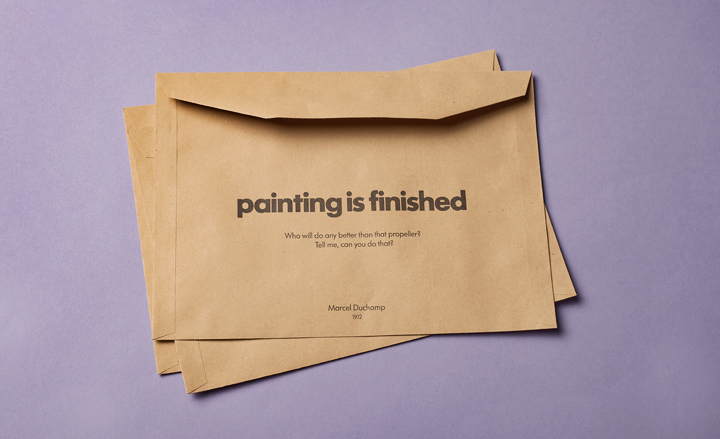
Marcel Duchamp, 1912
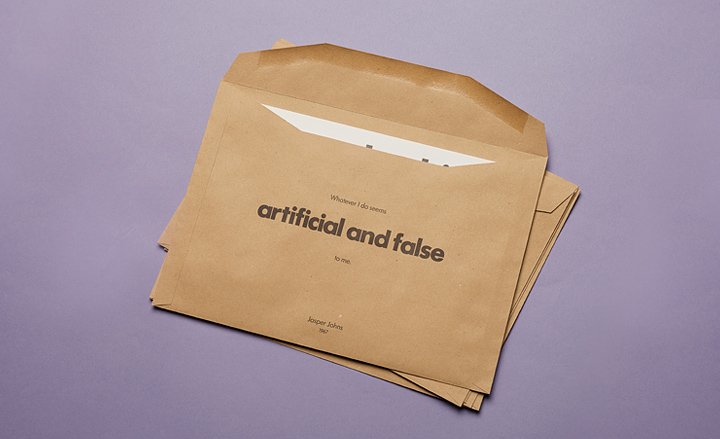
Jasper Johns, 1967
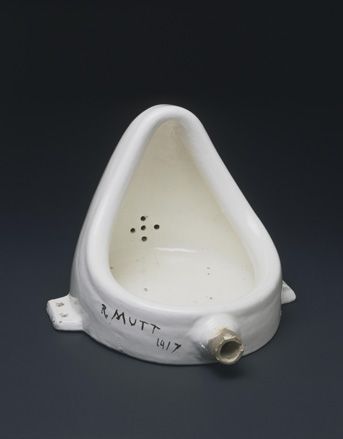
'Fountain' (replica of 1917 original) by Marcel Duchamp, 1950. Courtesy: Philadelphia Museum of Art, 125th Anniversary Acquisition; gift (by exchange) of Mrs. Herbert Cameron Morris; Succession Marcel Duchamp, 2013, ADAGP/Paris, DACS/London
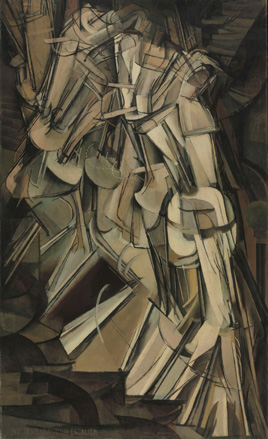
'Nude 'Nude Descending a Staircase (No. 2)' by Marcel Duchamp,1912
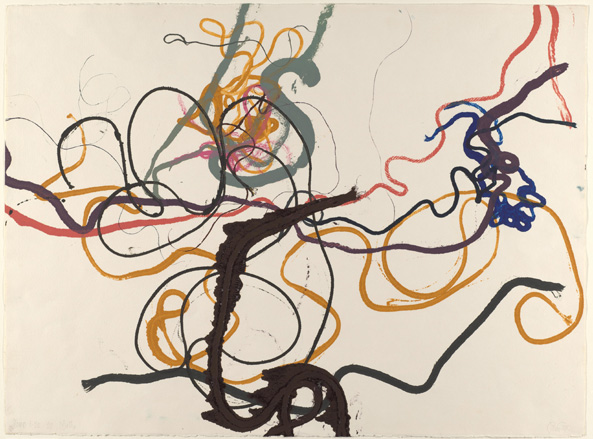
'Strings 1-20' by John Cage, 1980
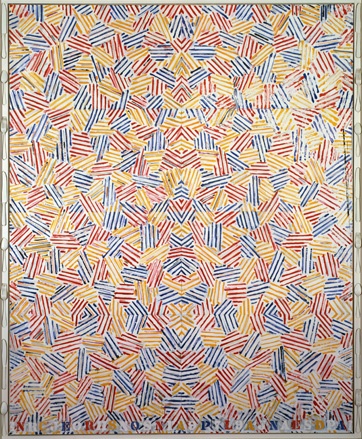
'Dancers on a Plane' by Jasper Johns, 1979.

'Walkaround Time' by Merce Cunningham, 1968. Choreography: Merce Cunningham; Stage set and costumes
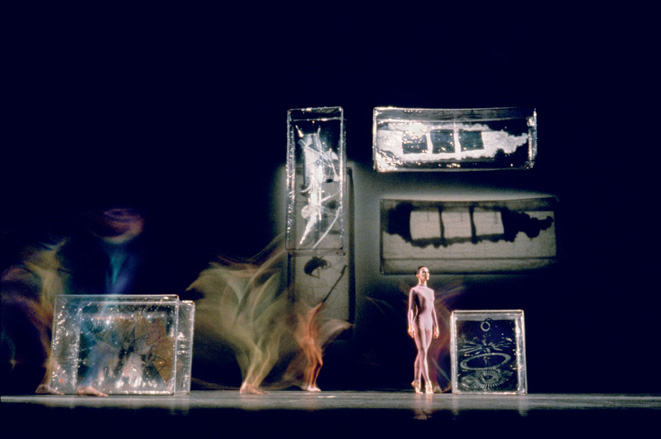
'Walkaround Time' by Merce Cunningham, 1968. Choreography: Merce Cunningham; Stage set and costumes
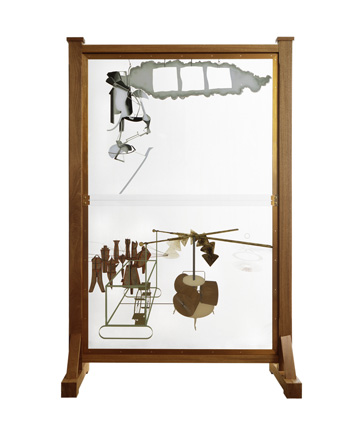
'The Bride Stripped Bare by Her Bachelors, Even (The Large Glass)' by Marcel Duchamp, 1991-92 (replica of 1915-23 original).
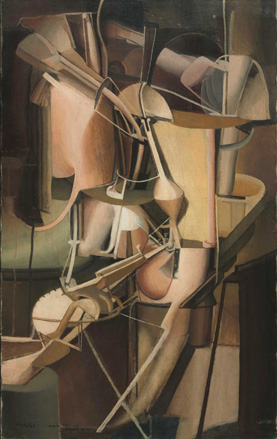
'Bride' by Marcel Duchamp, 1912.
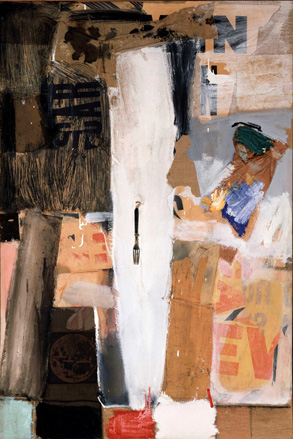
'Bride's Folly' by Robert Rauschenberg, 1959
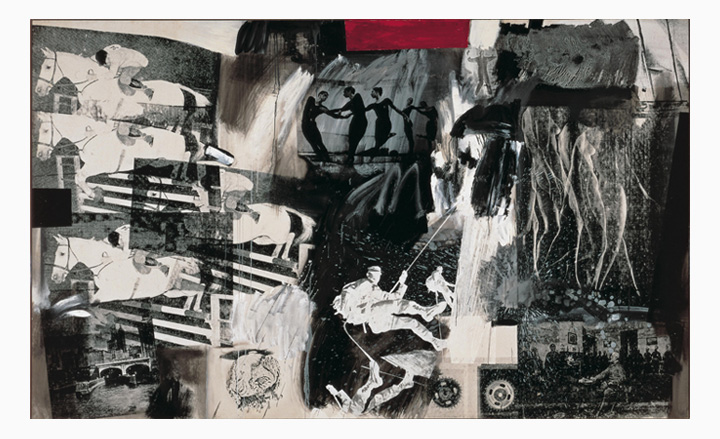
'Express' by Robert Rauschenberg, 1963.
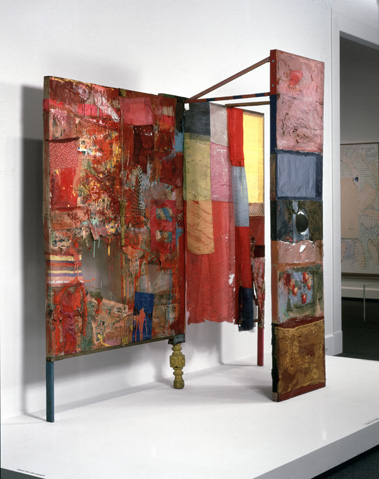
Minutiae' (replica of 1954 original) by Robert Rauschenberg, 1976.
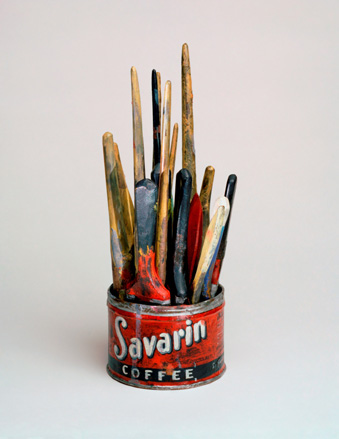
'Painted Bronze' by Jasper Johns, 1960.
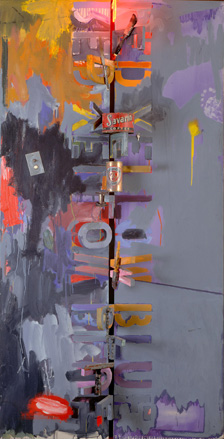
'Field Painting' by Jasper Johns, 1963-64.
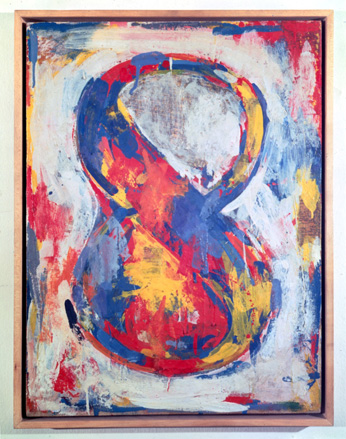
'Figure 8' by Jasper Johns, 1959.
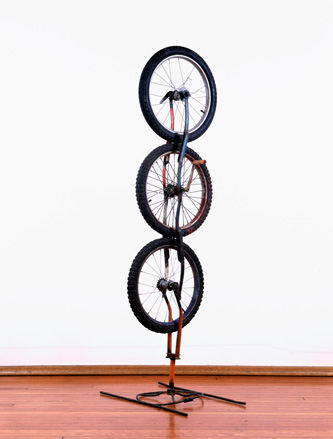
'Untitled' (Late Kabal American Zephyr) by Robert Rauschenberg, 1985.
ADDRESS
Barbican Centre
Silk Street
London EC2Y 8DS
TELEPHONE
44.207 638 88 91
Receive our daily digest of inspiration, escapism and design stories from around the world direct to your inbox.
-
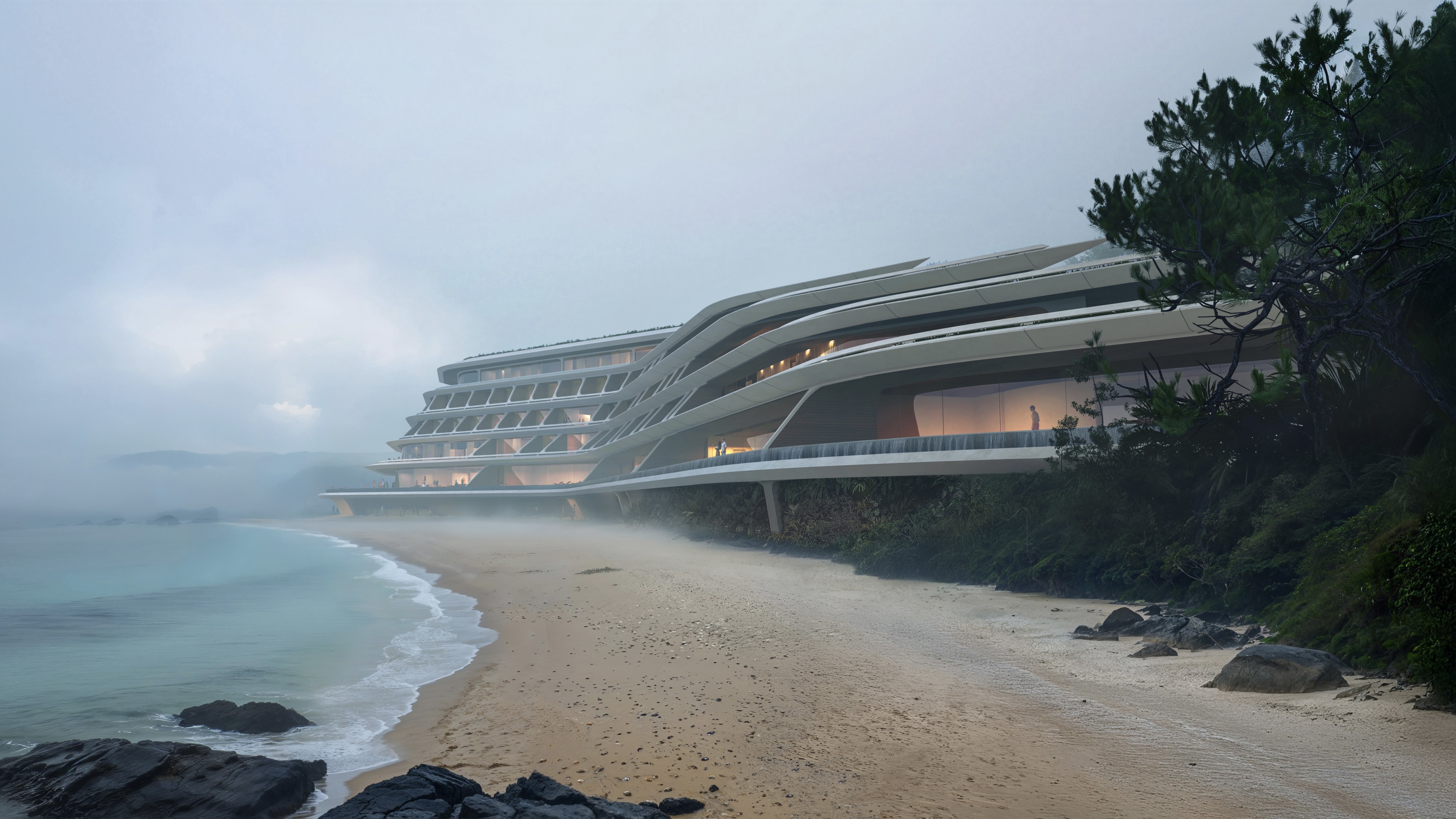 Curvilinear futurism meets subtropical beaches at Not A Hotel’s ZHA-designed Okinawa retreat
Curvilinear futurism meets subtropical beaches at Not A Hotel’s ZHA-designed Okinawa retreatZaha Hadid Architects has revealed the design for the first property in Not A Hotel’s futuristic new Vertex collection, coming soon to southern Japan
-
 Gorden Wagener leaves the helm of Mercedes-Benz design after 28 years with the company
Gorden Wagener leaves the helm of Mercedes-Benz design after 28 years with the companyThe German designer is stepping down from the role of chief design officer at Mercedes-Benz. We look back at his influence and impact on the world of automotive and luxury design
-
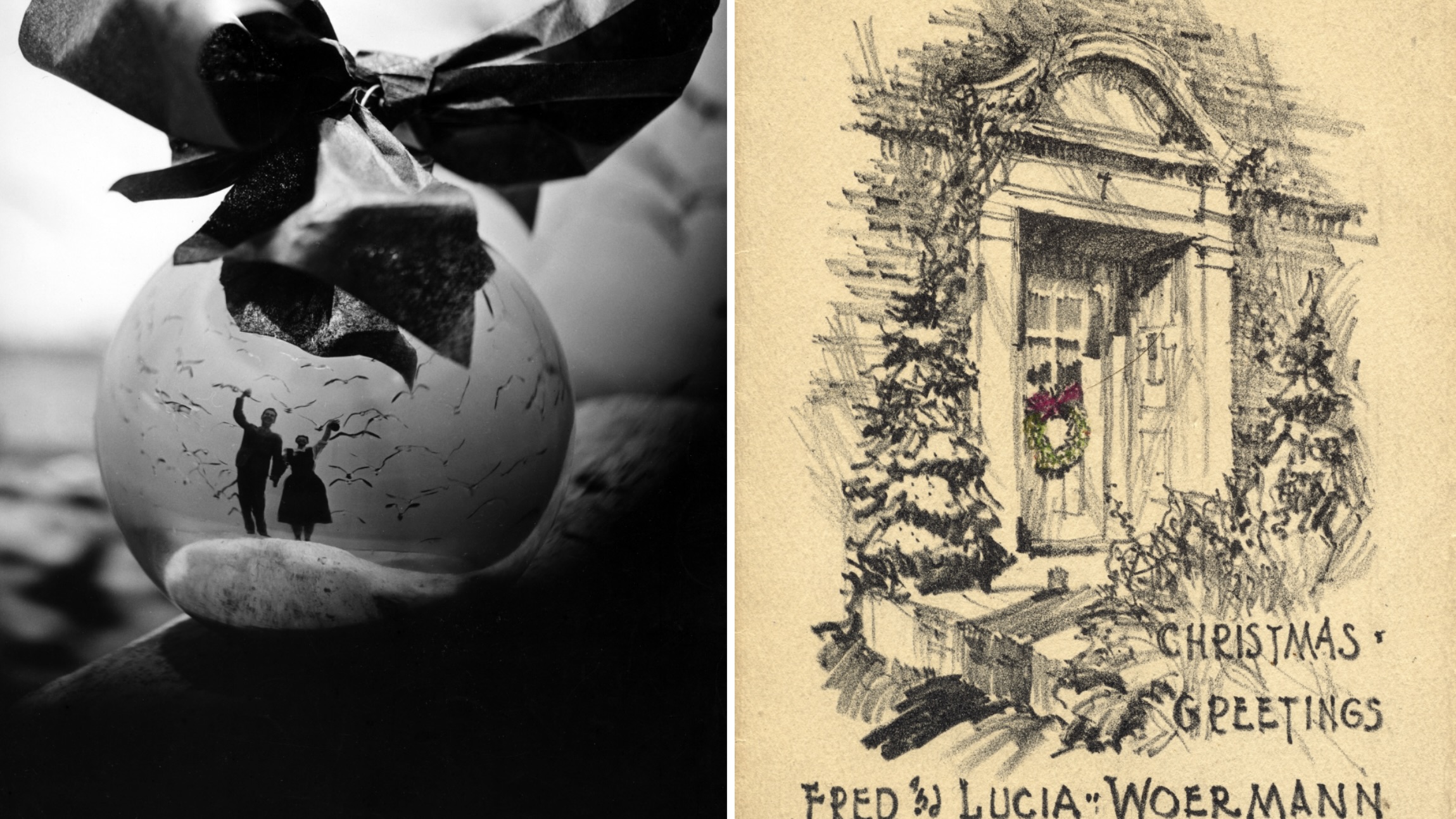 These Christmas cards sent by 20th-century architects tell their own stories
These Christmas cards sent by 20th-century architects tell their own storiesHandcrafted holiday greetings reveal the personal side of architecture and design legends such as Charles and Ray Eames, Frank Lloyd Wright and Ludwig Mies van der Rohe
-
 The Barbican is undergoing a huge revamp. Here’s what we know
The Barbican is undergoing a huge revamp. Here’s what we knowThe Barbican Centre is set to close in June 2028 for a year as part of a huge restoration plan to future-proof the brutalist Grade II-listed site
-
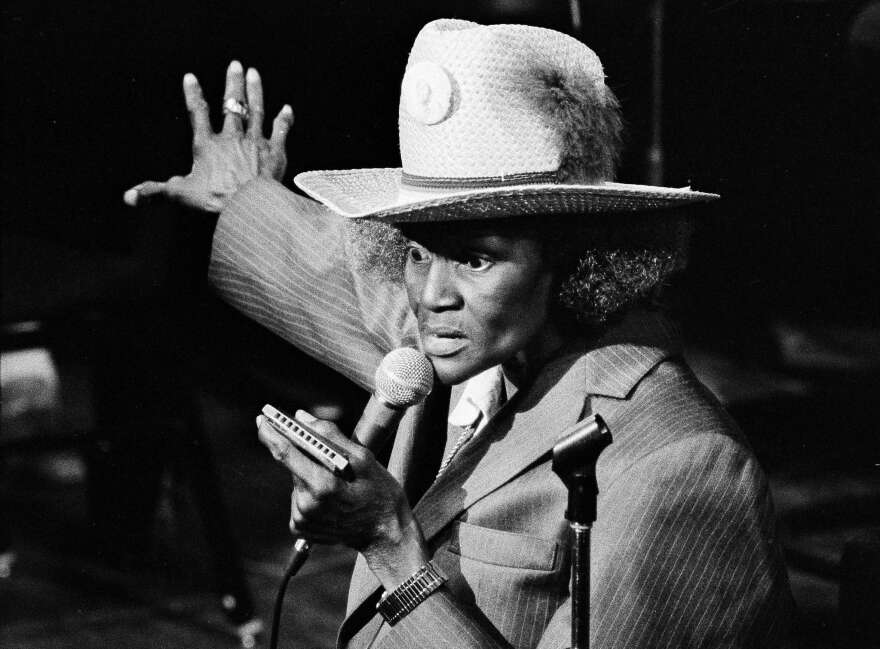 Doc’n Roll Festival returns with a new season of underground music films
Doc’n Roll Festival returns with a new season of underground music filmsNow in its twelfth year, the grassroots festival continues to platform subcultural stories and independent filmmakers outside the mainstream
-
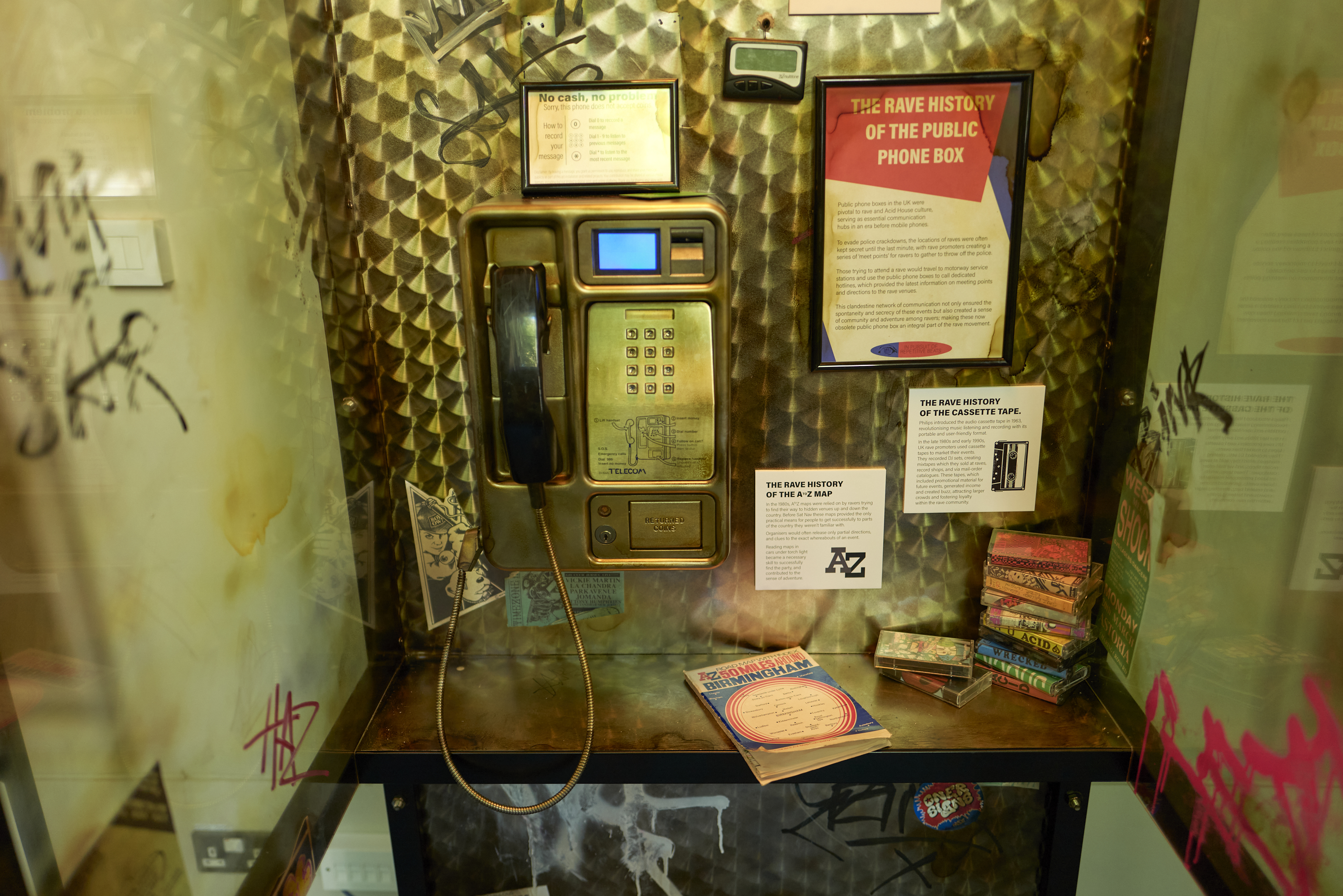 Be transported to an illegal Acid House rave by the Barbican's new immersive experience
Be transported to an illegal Acid House rave by the Barbican's new immersive experienceVirtual reality, DJ sets, record label takeovers – it's all at the Barbican through to August. Craig McLean gets out his glowsticks
-
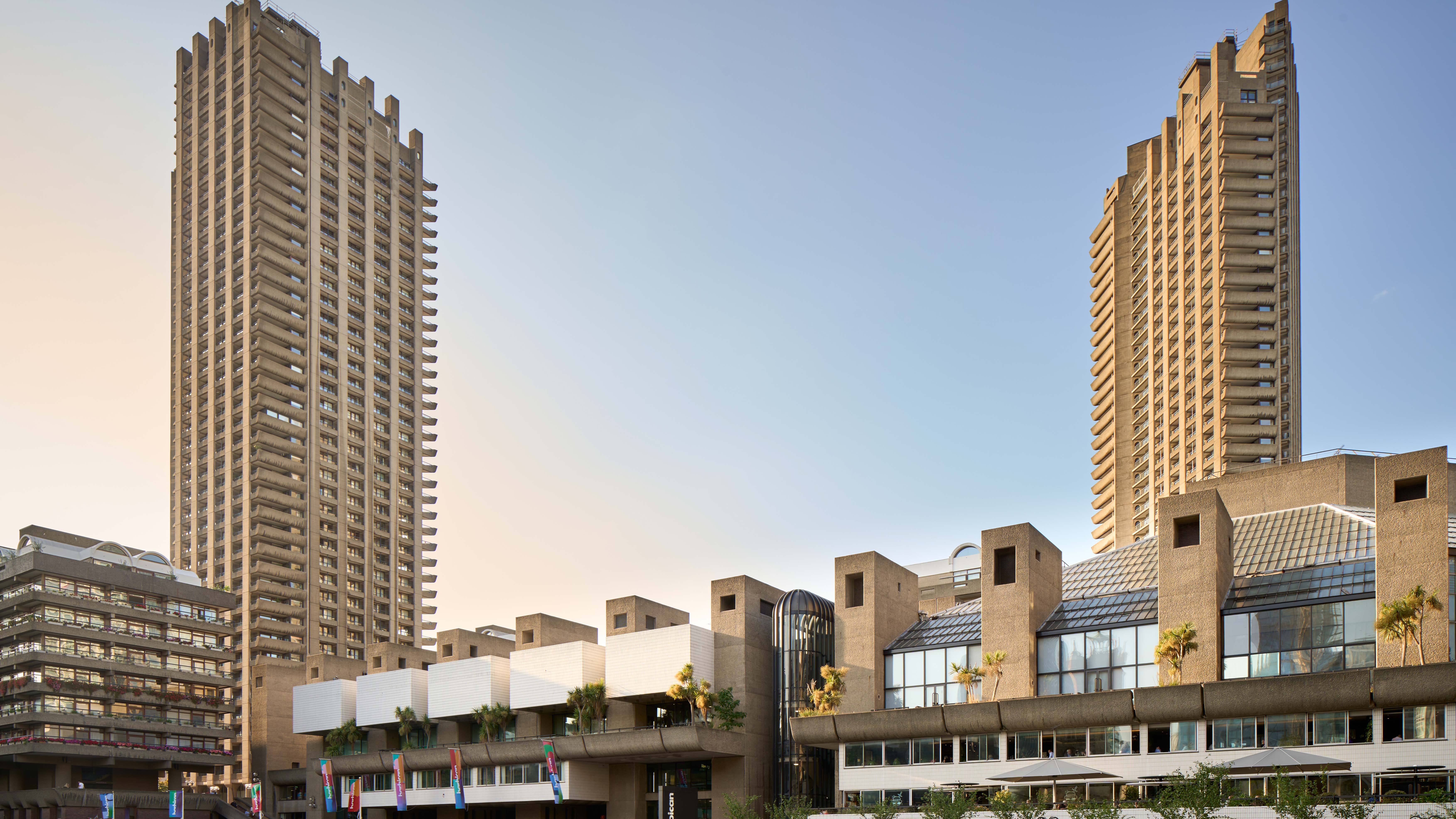 The Barbican as muse: composer Shiva Feshareki on bringing the brutalist icon to life through music
The Barbican as muse: composer Shiva Feshareki on bringing the brutalist icon to life through musicFor the last two years, British-Iranian experimental composer and turntablist Shiva Feshareki has been drawing on the Barbican’s hidden history as a gateway for her new piece. She talks to Wallpaper* about her Brutalist muse
-
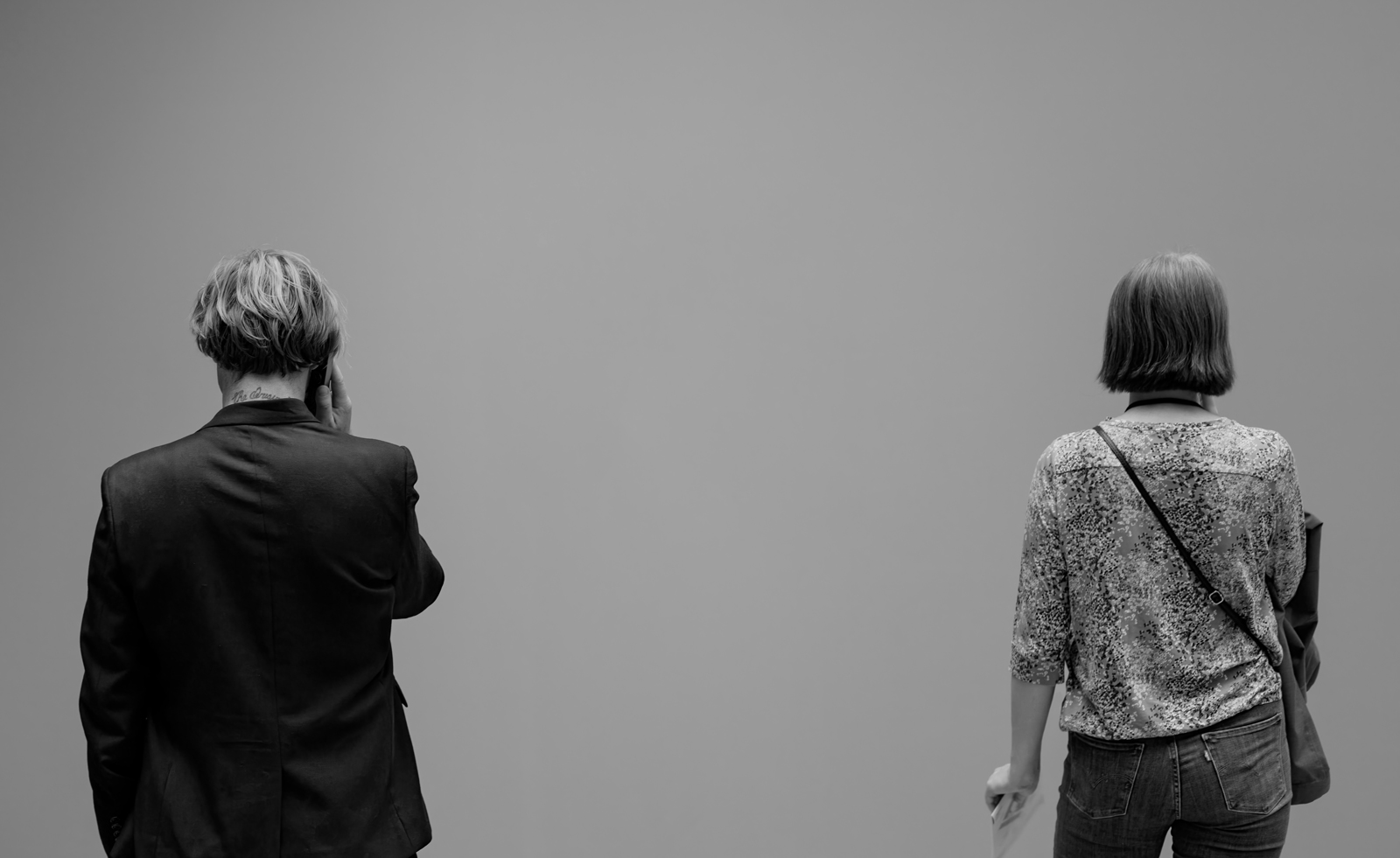 Looking at people looking at art: inside the mind of a gallery attendant
Looking at people looking at art: inside the mind of a gallery attendantVisitor experience workers at London’s Tate Modern, Serpentine, Barbican and V&A share what it’s like to watch people looking at art during a time of changing attention spans and rising vandalism
-
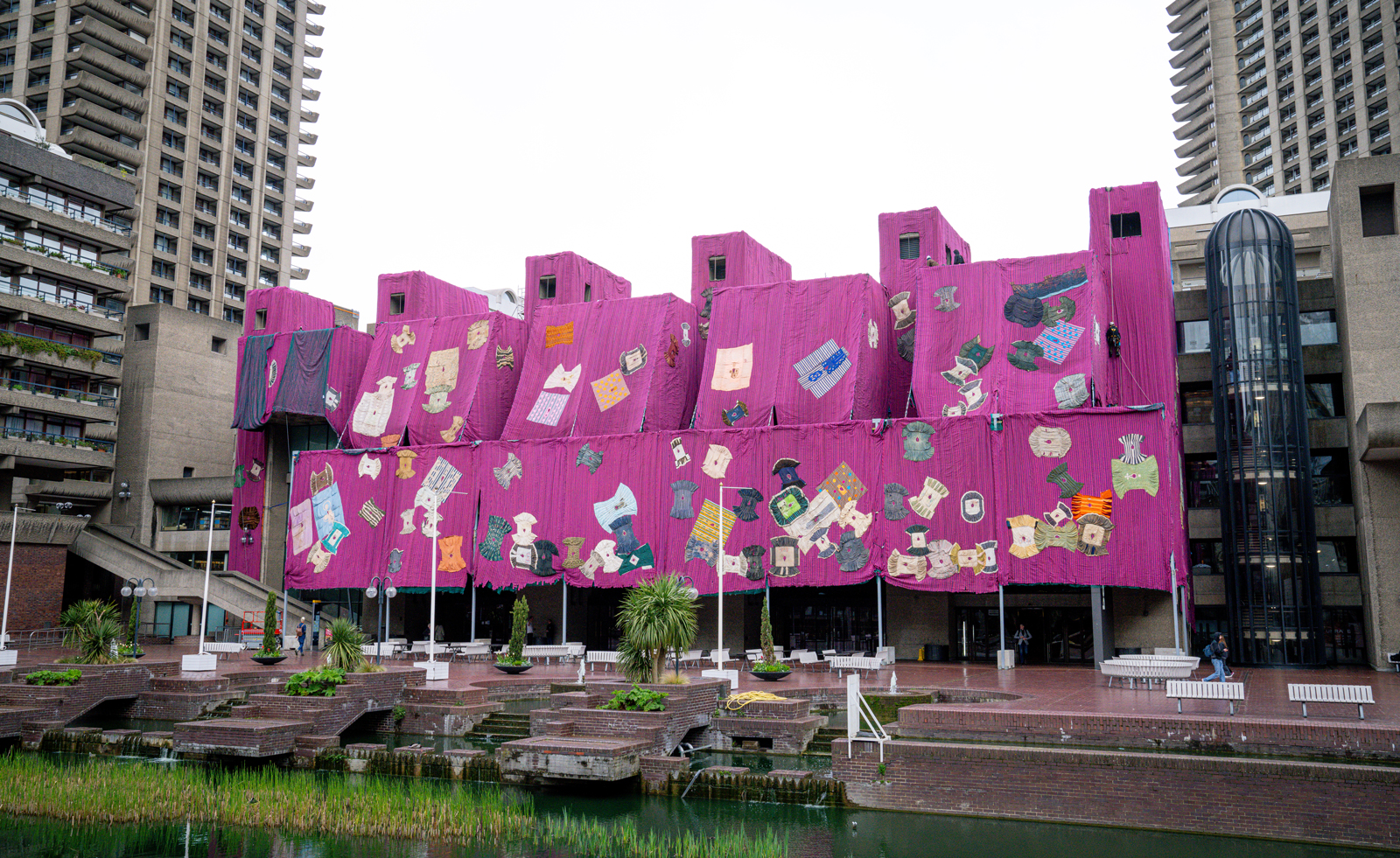 Ibrahim Mahama tells us why he has covered the Barbican in pink fabric
Ibrahim Mahama tells us why he has covered the Barbican in pink fabricIbrahim Mahama's 'Purple Hibiscus' has transformed the Barbican’s Lakeside Terrace
-
 Politics, protest and potential: the Barbican explores the power of textiles in art
Politics, protest and potential: the Barbican explores the power of textiles in artUnravel: The Power and Politics of Textiles in Art’ at the Barbican Centre in London explores how far the medium has evolved in the last sixty years
-
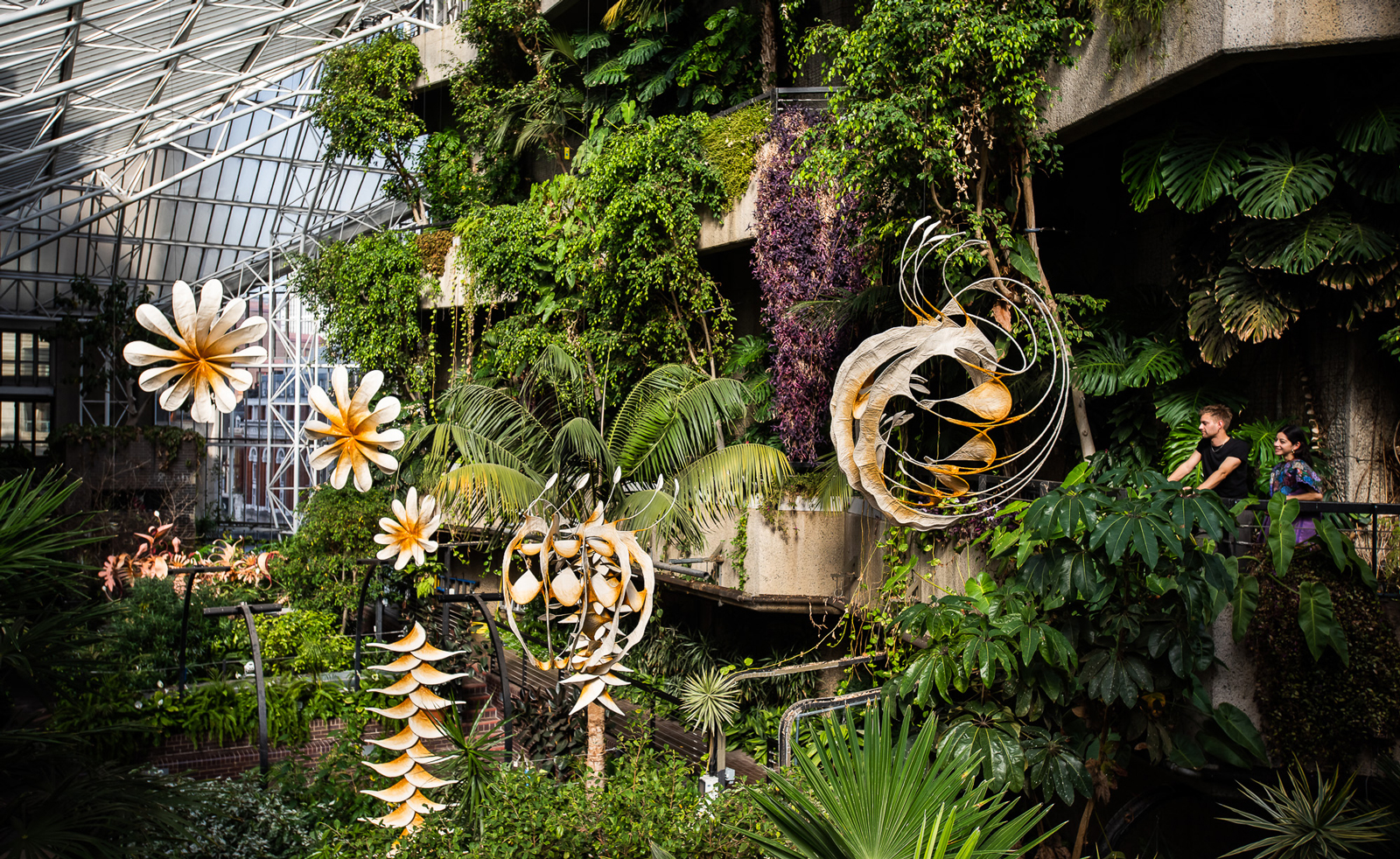 Ranjani Shettar’s site-specific sculptures unveiled in Barbican Conservatory
Ranjani Shettar’s site-specific sculptures unveiled in Barbican ConservatoryRanjani Shettar’s ‘Cloud songs on the horizon’ suspends sculptures amid the Barbican Conservatory’s plant life